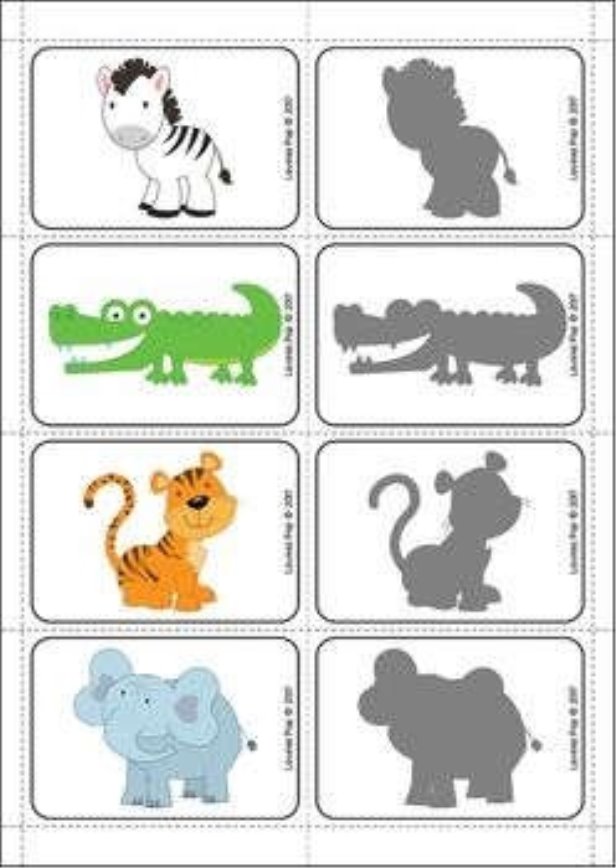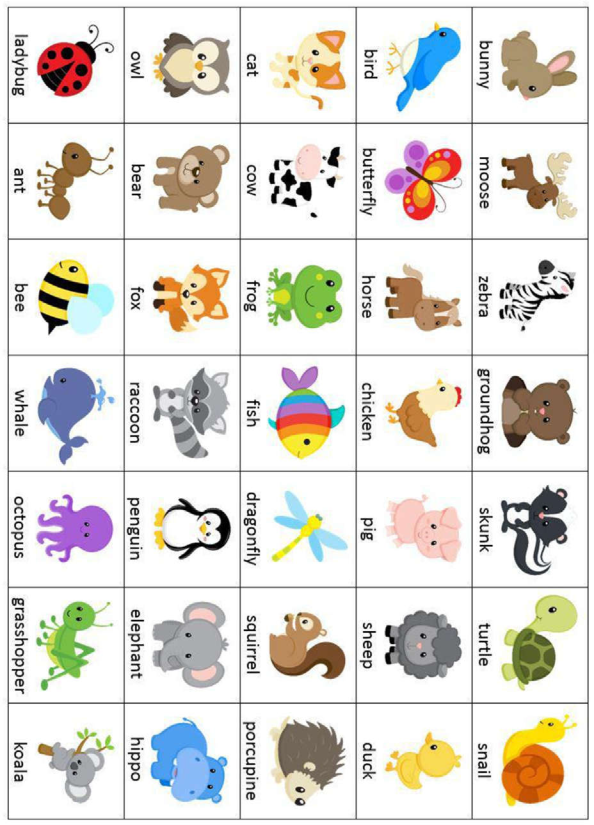Урок англійської мови для 2 класу "How many legs?"
Unit 5. How many legs?
Lesson 1
Тема: Тільки подивись, які тварини! Мета:
навчальна: ознайомити з новими лексичними одиницями, введення їх у мову, активізувати вивчений лексико-граматичний матеріал, розвивати вміння та навички читання, письма, усного мовлення, вдосконалювати компетенції читання, аудіювання й усного монологічного мовлення;
розвиваюча: розвивати інтелектуальні та пізнавальні здібності, різні типи пам’яті – слухову, зорову, оперативну, тривалу, увагу, учити працювати у парі, у групі, вчитися логічно висловлювати думку;
виховна: виховувати культуру співбесіди, риси характеру, як доброзичливість, толерантність, активність, культуру спілкування, виховувати зацікавленість у розширенні свої знань.
Обладнання: картки та плакат на тему «Дикі тварини», «Прикметники». Додаткові матеріали:
- Считая 1-10 песни | Номер песни для детей | Поющий морж https://youtu.be/DR-cfDsHCGA
- Numbers Song Let's Count 1-10 New Version https://youtu.be/85M1yxIcHpw
- Wild animals name and sound
Хід уроку
Warm-up
- “Guess!” Game
Hide an object behind your back, so pupils cannot see it, and ask pupils to guess what it is, “Is it a (pen)? – Yes, it is. / No, it isn’t.”
Start to draw an object (e.g., a school object: a book, a pen) on the board, stopping at intervals to ask pupils, “What’s this?” Pupils guess what it is. The pupil who guesses correctly can draw the next picture.
Presentation
- Досліджую
- Listen and point. Then name. (p.62, ex.1).
Ask pupils to listen to the CD and point to the correct picture.
Listen the CD two or three times. Teach and then drill the new words shown in the pictures. Pupils listen and repeat.
Use animal flashcards asking, “What’s this?” as you point to the picture again. Pupils answer. Pupils read the new words again. Help with pronunciation.
Ask pupils to make sentences using these new words. For example, “This is an elephant. / That is a monkey.”
Practice
- Listen and say. (p.62, ex.2).
Ask pupils to look at the words in the exercise 1 again.
Listen the CD two or three times. Do choral and individual repetition. Go round the class and praise their efforts, “Good! Well done! Monitor the activity and help if necessary
- Listen and sing. (p. 62, ex. 3).
Books open. Ask pupils to look at the pictures. Pupils look at the pictures. Ask pupils to guess what they are going to sing about. Pupils answer.
Tell pupils to look at the pictures again. Explain pupils that they are going to sing a song about the animals in the jungles. Write the lyrics. Ask pupils to read the words of the song together, then read them pausing after each line. Pupils repeat the phrases chorally and individually and mime emotions. Play the CD. Sing the song chorally or in groups.
4. Listen. (p. 63, ex. 4).
Tell pupils to look at the pictures carefully. Play the CD. Pupils listen and point to the correct picture. Play the CD again. Pupils take turns to read out the texts. Help them with pronunciation. Ask pupils to circle the body words.
Read it again and pause after each sentence. Read every sentence dramatically and tell pupils to repeat after you. If necessary, translate the sentences into their own language.
After reading: Ask pupils, “What animal is strong/big/fat?” etc.
- Point and say. (p. 63, ex. 5). Ask pupils to look at the pictures again.
Ask them to point to the pictures and say the sentences about animals.
- Copy animal names in your exercise-book. (p.63, ex.6). Ask pupils to read the words.
Then pupils copy these words in their exercise-books.
Pupils to look at the words and read them individually. Go round the class and praise their efforts, “Good! Well done! Do choral and individual repetition.
Monitor the activity and help if necessary. Summarizing
- “Stand up!” Game



про публікацію авторської розробки
Додати розробку
